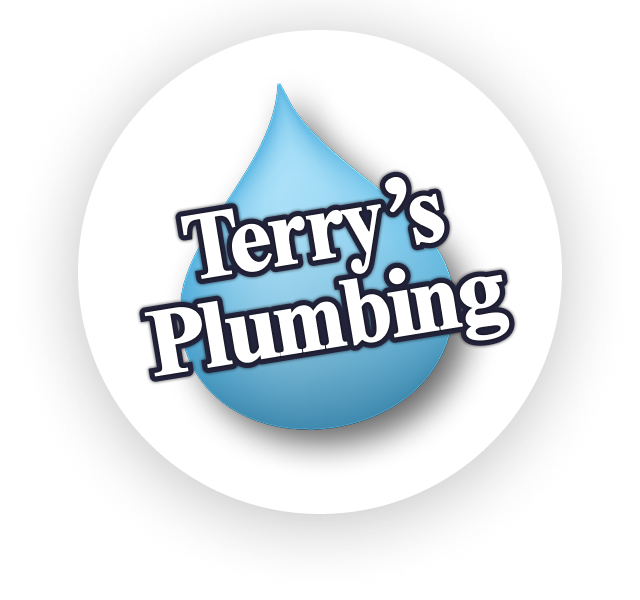Pro TIps
Deciphering Plumbing Industry Lingo: A Customer’s Guide to Speaking “Plumber”
Ever felt lost when your plumber starts talking about “sweating joints,” “snake augers,” or “water hammer”? You’re not alone. The plumbing industry, like many trades, has developed its own specialized vocabulary that can leave homeowners scratching their heads and wondering if they’re being quoted fairly for work they don’t fully understand.
Understanding basic plumbing terminology isn’t just about impressing your contractor—it’s about being an informed consumer who can make better decisions, spot potential issues early, and communicate more effectively when problems arise. Let’s decode the most common plumbing terms you’re likely to encounter.
The Basics: Your Home’s Plumbing Anatomy
Supply Lines: These are the pipes that bring clean water into your home and to your fixtures. When a plumber mentions “supply line issues,” they’re talking about the pipes delivering water to your sinks, toilets, and appliances.
Drain Lines: The opposite of supply lines—these carry wastewater away from your home. Problems here usually mean clogs, backups, or slow drains.
Trap: That curved section of pipe under your sink isn’t just decorative. The P-trap (shaped like the letter P) holds water to prevent sewer gases from entering your home. When plumbers talk about “cleaning the trap,” this is what they mean.
Main Line: Your home’s primary sewer line that connects to the municipal system or septic tank. Main line problems are typically more serious and expensive than individual drain issues.
Shut-off Valve: Every water line should have a valve that stops water flow. Knowing where these are located can save you thousands in water damage during emergencies.
Common Repair Terms You’ll Hear
Snaking: When a plumber uses a flexible metal cable (called a snake or auger) to break up clogs in your drain lines. It’s usually the first line of defense against stubborn blockages.
Hydro-jetting: A more powerful cleaning method using high-pressure water to blast away grease, roots, and debris from pipes. Think of it as pressure washing for your plumbing.
Sweating: Not perspiration—this refers to soldering copper pipes together using heat and metal solder. If your plumber mentions “sweating a joint,” they’re talking about connecting two pieces of pipe.
Rodding: Similar to snaking, but typically refers to using rigid rods to clear blockages, especially in sewer lines.
Camera Inspection: Modern plumbers use tiny waterproof cameras to see inside your pipes and diagnose problems without digging. This technology has revolutionized plumbing diagnostics.
Fixture and Component Terminology
Fixture: Any device that uses water—sinks, toilets, tubs, showers, and appliances like washing machines and dishwashers.
Rough-in: The initial plumbing installation that happens during construction, before walls are closed up. This includes running pipes and placing connections where fixtures will eventually go.
Finish Work: Installing the actual fixtures, faucets, and visible components after the rough-in is complete and inspected.
Flapper: That rubber piece at the bottom of your toilet tank that lifts when you flush. When toilets run continuously, it’s often a flapper problem.
Float: The ball or cup-shaped device in your toilet tank that rises with water level and signals when to stop filling.
Aerator: The small screen at the tip of your faucet that mixes air with water to reduce splashing and save water. These often need cleaning or replacement.
Problem Descriptions and Diagnostic Terms
Water Hammer: That loud banging noise when you turn off water quickly. It’s caused by water pressure and momentum in pipes and can damage your plumbing system over time.
Backflow: When contaminated water flows backward into clean water supply lines—a serious health hazard that requires special prevention devices.
Cross-connection: An unintended connection between clean water supply and contaminated water sources.
Pressure: Water pressure is measured in PSI (pounds per square inch). Normal residential pressure is between 40-60 PSI.
Flow Rate: How much water moves through pipes over time, typically measured in gallons per minute (GPM).
Hard Water: Water with high mineral content that can damage fixtures and appliances. “Soft water” has had these minerals removed.
Cost-Related Terms to Understand
Service Call: The basic charge for a plumber to come to your home, regardless of work performed.
Diagnostic Fee: A charge for determining what’s wrong with your plumbing, which may or may not apply toward repair costs.
Time and Materials: A pricing structure where you pay for the plumber’s time plus the cost of parts.
Flat Rate: A fixed price for specific services, regardless of time required.
Emergency Rate: Higher charges for after-hours, weekend, or holiday service calls.
The Bottom Line
Understanding plumbing terminology won’t make you a plumber overnight, but it will make you a more informed customer. When you can communicate effectively with contractors, ask relevant questions, and understand their explanations, you’re more likely to receive fair pricing and quality work.
Remember, reputable plumbers should be happy to explain their work in terms you can understand. If a contractor seems irritated by questions or uses excessive jargon to confuse rather than inform, consider that a red flag.
Have questions about specific plumbing terms not covered here? Super Terry is always willing to explain our work and help you understand what’s happening in your home’s plumbing system.
